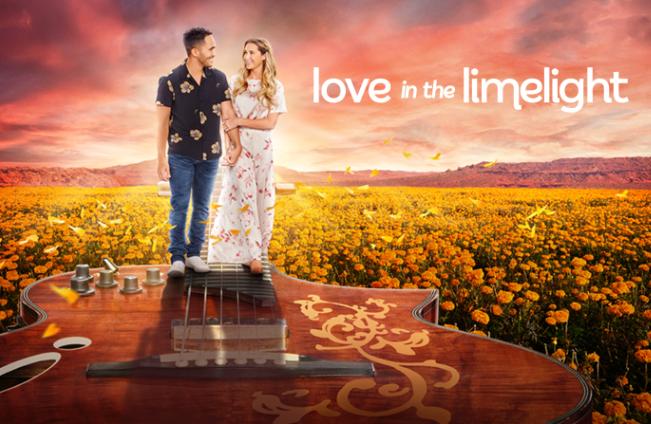kickstand-project.org – In the era of reality television and digital streaming, dating shows have become a cultural phenomenon, captivating audiences worldwide. From the early days of “The Bachelor” to the more recent hits like “Love Is Blind” and “Too Hot to Handle,” these programs have not only shaped the landscape of entertainment but also had a profound impact on societal norms, expectations, and perceptions of love and relationships. This article explores the multifaceted influence of dating shows on culture, examining their role in shaping public discourse, influencing dating behaviors, and reflecting broader societal trends.
Shaping Public Discourse
Dating shows have become a significant part of the cultural conversation, providing a platform for discussing topics that were once considered taboo. They openly address issues such as sexuality, consent, and emotional vulnerability, making these discussions more mainstream. For instance, “Love Is Blind” challenges the traditional dating process by encouraging participants to form deep emotional connections without physical interaction initially, prompting viewers to consider the importance of emotional compatibility over physical attraction.
Moreover, these shows often highlight diversity in relationships, including interracial and LGBTQ+ couples, contributing to a more inclusive dialogue about love and acceptance. This representation is crucial in a world where acceptance and understanding are still being fought for in many communities.
Influencing Dating Behaviors
The popularity of dating shows has also led to a noticeable influence on dating behaviors among viewers. The dramatized and often accelerated relationship dynamics seen on these shows can set unrealistic expectations for how relationships should progress in real life. Participants often go from meeting to professing love within a matter of weeks, which can distort viewers’ perceptions of healthy relationship development.
However, not all influences are negative. Some shows, like “Are You the One?” incorporate psychological and compatibility theories, potentially educating viewers on the importance of communication, understanding, and compatibility in relationships. Additionally, the transparency of the dating process on these shows can encourage viewers to be more open and honest in their own dating lives.
Reflecting Broader Societal Trends
Dating shows are not just influencing culture; they are also a reflection of broader societal trends. The rise of digital dating and the impact of social media on relationships are recurring themes in many of these shows. They mirror the challenges and opportunities of modern dating, such as the ease of meeting new people online versus the difficulties of maintaining genuine connections in a digital age.
Furthermore, the popularity of certain shows can indicate shifts in societal values and interests. For example, the success of “Married at First Sight” suggests a growing curiosity about or acceptance of alternative approaches to marriage and commitment. These shows often act as a mirror, reflecting the complexities of human relationships in a rapidly changing world.
Conclusion
Love in the limelight, as depicted in dating shows, has undoubtedly left its mark on culture, influencing public discourse, dating behaviors, and reflecting broader societal trends. While the impact of these shows is not without its controversies, they have opened up important conversations about love, relationships, and societal norms. As the landscape of entertainment continues to evolve, it will be fascinating to see how dating shows adapt and what new insights they will offer into the human experience of love and connection.


